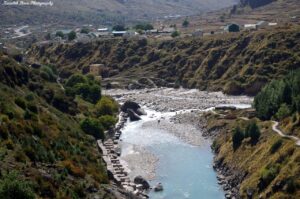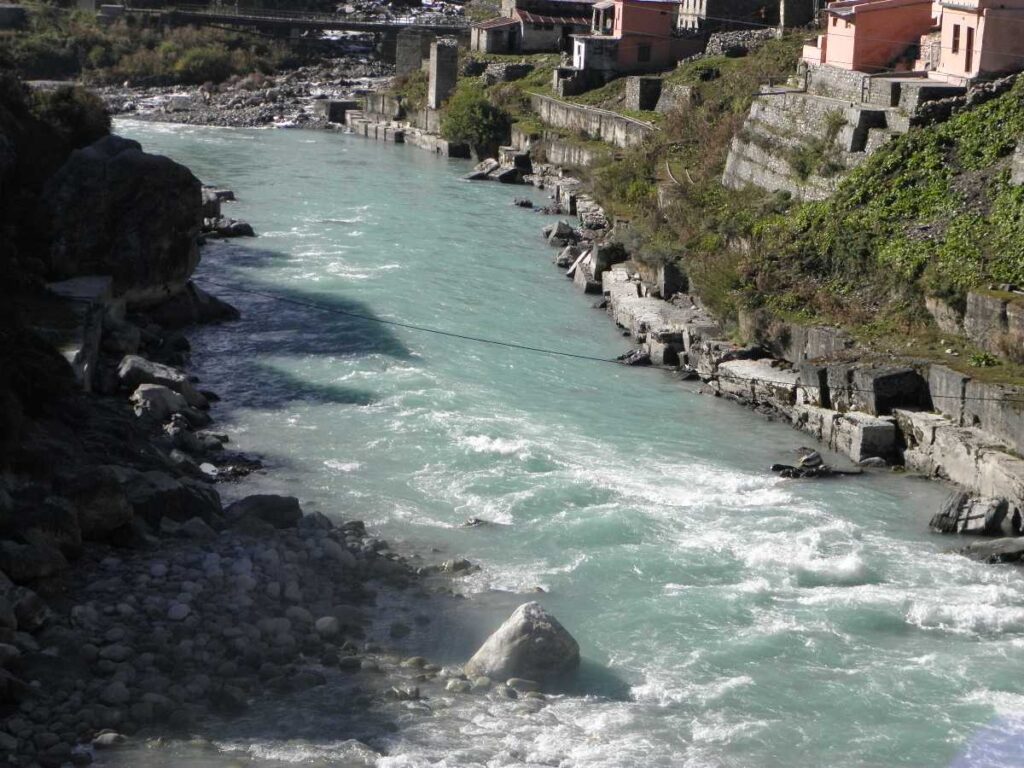Saraswati: The River That Never Was

The Saraswati: The River That Never Was is a legendary river mentioned in ancient Indian scriptures, such as the Rigveda. There is ongoing debate among scholars and researchers regarding the existence and course of the Saraswati River. Some believe that it was a real river that dried up due to geological and climatic changes, while others argue that it might have been a combination of several rivers.
Several factors have been proposed to explain the drying up of rivers in ancient times, including shifts in tectonic plates, changes in river courses, and climate change. Some theories suggest that the Saraswati: The River That Never Was experienced reduced water flow or even dried up due to changes in monsoon patterns or seismic activities. It’s essential to note that there is no universally accepted explanation, and research in this area is still ongoing.

The interpretation of ancient texts, geological studies, and archaeological evidence are all considered in attempts to understand the fate of the Saraswati: The River That Never Was . However, conclusive evidence remains elusive, and the mystery surrounding the river’s disappearance persists.
The Saraswati: The River That Never Was , a legendary and sacred river in Hindu mythology, holds a unique place in the cultural and spiritual heritage of Uttarakhand. While there is no physical manifestation of the river today, it is believed to have originated from the confluence of the Bhagirathi and the Alaknanda rivers at Devprayag, where it joins the Ganges and the Yamuna.
The Saraswati: The River That Never Was is revered as the goddess of knowledge, music, and arts in Hinduism. Devotees consider its presence during the Kumbh Mela in the form of a mythical river that flows underground, reappearing at specific spots. This sacred river has been a source of inspiration for countless hymns, prayers, and cultural expressions in the region.

Beyond its religious significance, the Saraswati River contributes to the cultural tapestry of Uttarakhand, influencing traditional rituals, festivals, and folklore. The towns and villages along its mythical course are often associated with spiritual practices and are considered auspicious sites for pilgrimage.
While the Saraswati River is primarily a cultural and spiritual entity, it also symbolizes the interconnectedness of nature and belief systems in Uttarakhand. The mythological presence of the Saraswati River continues to inspire a sense of reverence and cultural identity among the people of the region, highlighting the enduring impact of rivers in shaping the spiritual and cultural ethos of Uttarakhand.
The Saraswati River, while considered mythical in a physical sense, represents a powerful metaphor for the interplay between the tangible and the divine in Uttarakhand. It embodies the idea that sacred rivers are not merely geographical features but living entities with spiritual significance. The underground flow of the Saraswati, as believed in Hindu tradition, underscores the unseen and mystical aspects of the natural world, encouraging a profound connection between the physical landscape and the spiritual realm.
Devprayag, where the Saraswati River is said to join the Ganges and Yamuna, is a pilgrimage site that attracts devotees seeking spiritual blessings. The confluence of these rivers is considered highly auspicious, and rituals performed here hold special importance during religious gatherings like the Kumbh Mela.

The mythology of the Saraswati River also emphasizes the idea of divine knowledge and wisdom, aligning with its representation as the goddess of learning. The influence of this symbolism permeates educational and cultural practices in the region, underscoring the broader impact of rivers on the cultural identity and intellectual pursuits of the people.
In essence, the Saraswati River, while not physically visible, continues to flow through the cultural and spiritual consciousness of Uttarakhand. It remains a potent symbol that connects the tangible landscape with the intangible realms of faith, knowledge, and cultural expression, highlighting the intricate relationship between mythology and the natural environment in the region.


